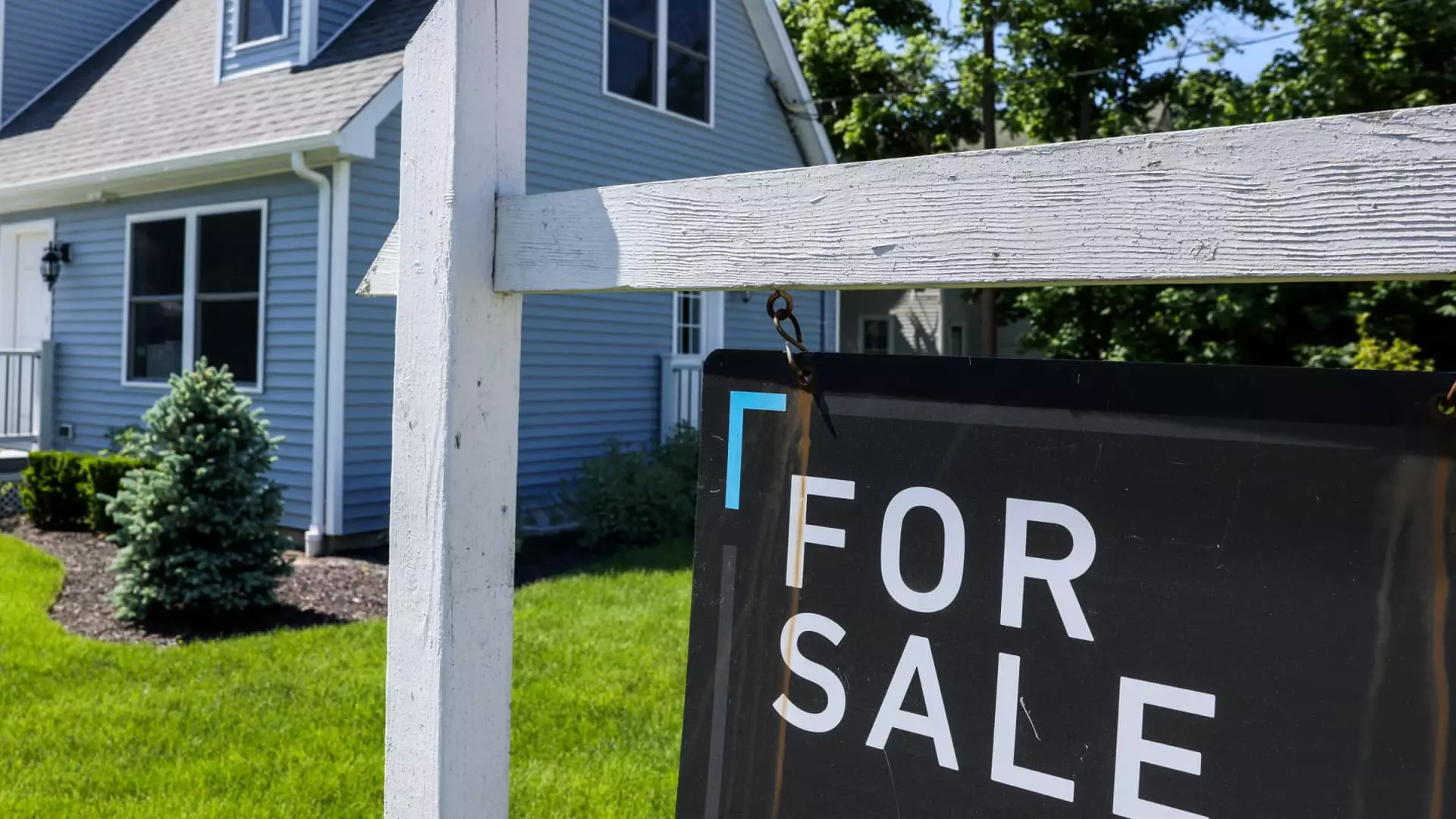Recent fluctuations in mortgage application activity paint a deceptively optimistic picture that warrants closer scrutiny. A modest decline in interest rates briefly rejuvenated mortgage demand, causing a startling 9.4% weekly surge. While this may seem encouraging at first glance, it masks deeper uncertainties embedded within the housing marketDynamics driven by external factors such as seasonal adjustments and short-lived rate dips. The initial spike, though notable, might not translate into sustainable growth, especially considering the broader economic environment.
A closer look at the data reveals a paradox: mortgage refinances, which have long languished due to elevated rates, saw a significant 9% increase, yet remain 56% below pandemic-era peaks. This suggests that potential homeowners and investors are hesitant, cautiously re-entering the market only when the cost seems temporarily more palatable. Similarly, purchase applications, up 9%, indicate a tentative return, but the overall volume remains influenced heavily by unstable consumer sentiment and fluctuating interest rates. The reality is that the housing market’s bounce-back is fragile, relying on short-term rate movements rather than genuine long-term confidence.
The Underlying Fragility of the Market
The perception of a market revival is further complicated by behavioral and structural issues. For instance, the average loan size for home purchases has shrunk to levels not seen since January 2025, hinting that buyers might be retreating into smaller, safer investments amid uncertainty. Such cautious behavior reflects a broader hesitancy to commit fully to the housing market, which has been rattled by consistently high mortgage rates and unpredictability in consumer sentiment.
Moreover, the surge in mortgage applications has not been matched by corresponding growth in actual home sales or pending contracts. Despite an uptick in signed agreements, cancellation rates remain high, underscoring a disconnect between borrower enthusiasm and market stability. This divergence suggests that many consumers are either overextending themselves prematurely or are uncertain about future affordability and market conditions. The market, thus, appears to be caught in a fragile limbo where optimism is fragile and easily reversed by minor interest rate increases or economic shocks.
The Risk of Overconfidence and False Hope
One must also interpret the recent rate movements with skepticism. Experts warn that the slight decline in mortgage rates may not signal a genuine trend of easing but rather an almost inevitable rebound following a short-lived decline. The recent rate environment appears to be influenced by transient factors, such as seasonal adjustments and minor market fluctuations, which can often mislead observers into overestimating the strength of a recovery.
From a policy perspective, reliance on micro-movements in interest rates is risky. True stability in the housing market depends on sustained economic fundamentals—low inflation, job stability, and consumer confidence—which are presently fragile. Excessive enthusiasm over temporary rate dips may lead to overleveraged borrowing and future market corrections. Consequently, prudent skepticism and cautious policymaking are essential to avoid inflating what could be a dangerous, short-term recovery that does not withstand broader economic realities.
In essence, while the headlines tout a recovery, the underlying signals tell a different story—one of hesitance, high risks, and a precarious balancing act between short-term gains and long-term sustainability.


Leave a Reply